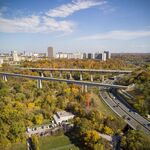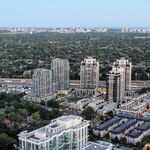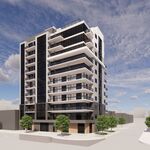kettal
Banned
Don't put words in my mouth so you can tell me they're wrong.
Since you asked, what I wish is for all traffic to be able to use all available lanes and flow freer than when denied access to a nearly empty lane.
And that bus of yours removes cars from the road regardless of whether it's in a carpool lane or not.
Buses in high mixed traffic roads is never on schedule. If it can't be on reliable, less people will use it and there will be thousands more cars instead.
Would you use a bus stuck in traffic and rarely on time?




